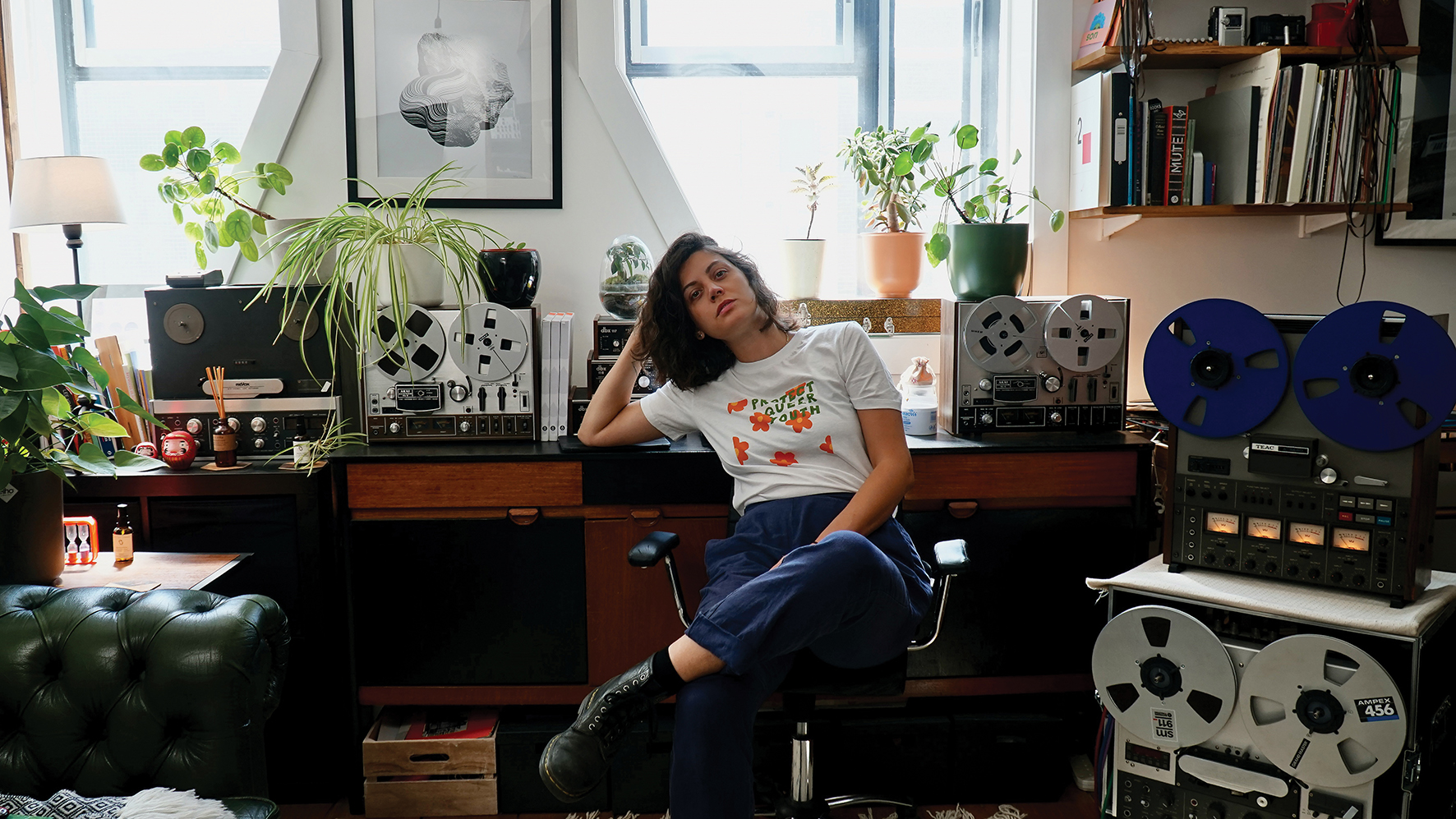
Arriving in London from her native Brescia, Italy, Grammy-nominated recording engineer Marta Salogni has emerged as one of the most sought-after mix engineers in the industry, having engineered, mixed and produced for artists including Björk, Depeche Mode, M.I.A., Animal Collective, Frank Ocean and FKA Twigs. Working from her own Studio Zona, Salogni possesses a particular fascination with reel-to-reel tape machines and feedback mechanisms.
In 2020, Salogni was approached to remix and restore three albums from the back catalogue of hugely underrated West Coast electronic synthesist Pauline Anna Strom. Already a fan of the re-released LP Trans-Millenia Music (2017), Salogni spoke to the visionary composer to discuss how she could help restore the vastly evocative canvas of sounds presented across Strom’s remarkable back catalogue.
Using digital copies from the original reels, Salogni restored three albums, Trans-Millenia Consort, Plot Zero, Spectre, and the previously unreleased Oceans of Tears, for the newly released box set, Echoes, Space, Lines. Tragically, Strom passed away prior to the project’s completion, further motivating Salogni to add her voice to the late musician’s powerfully imaginative work, itself influenced by legendary composers such as Klaus Schulze, Brian Eno and Vangelis.
Were you aware of Pauline Anna Strom’s work before you began restoring and remixing four of her albums for the box set Echoes, Spaces, Lines?
“Yes, I was aware of her record Trans-Millenia Music that RVNG put out in 2017 and really loved that because it had a transportive quality that took me to a different place when I listened to it. When the record label got in touch about Paula, I was over the moon: it was like being asked to mix one of your favourite records again, and not just that, but all of her catalogue including the albums Trans-Millennia Consort, Plot Zero and Spectre.
“We found the multi-tracks from the original reels and some unreleased tracks and they were baked to preserve their quality before being digitalised. For the release of Echoes, Space, Lines, my job was to retain the feeling that had got me so spellbound while adding the clarity and definition that a new and modern mix could bring to Paula’s music, which is full of frequencies that deserve to shine and be more present.”
We understand that you met Paula prior to her passing in 2020. What did you discuss?
“When I agreed to be part of the project, it was suggested that I get on a phone call with Paula to discuss what she was hoping for and expecting from these new mixes. I had the honour of talking to her and she was such a brilliant soul – so clever, quick and funny. She knew exactly what she wanted but also gave me scope for experimentation, so I felt very free to do that.
“Paula wanted the tracks to feel expansive and for me to bring out their depth and dynamics, which is what I always love doing with my mixes. I started mixing between four and eight of the tracks, including effects and certain dynamic automations that had shaped their arrangement when they’d been released on vinyl years before.”
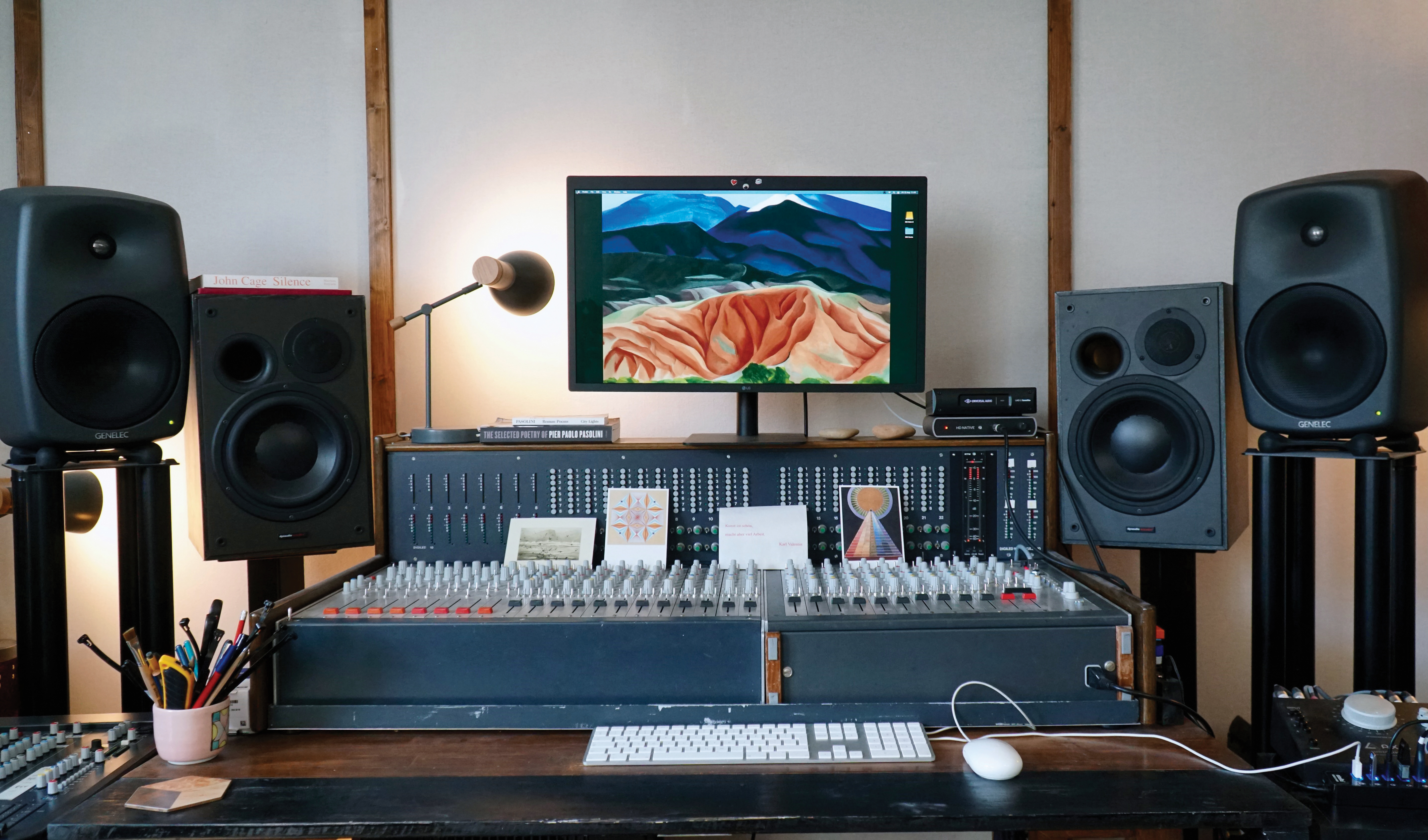
Unfortunately, Paula passed away before the project was completed. What effect did this have on you?
“It was a shock for everyone and made this project feel even more urgent and important. I wanted to make the mixes as perfect as they could be according to Paula’s vision and what we’d talked about. In our last phone call, it felt like I was talking to a friend and that was precious to me.
“After she passed, I took a bit of a break to try to understand the best way to approach the project and on one occasion the label and Paula’s family congregated for a ceremony at Panoramic House recording studio in San Francisco. That gave us the opportunity to play the mixes to the family. Even though Paula was not there in person, she was definitely there in spirit and it felt like a really important and touching collective experience.”
How would you describe Paula’s music, considering she supposedly hated the term ‘new age’?
“Paula’s music has the power to take you out of whatever state you’re in and transport you into her space. That’s what I always try to do with music, production and mixing, but Paula took it to another level.
“Some of her music has an enveloping, warm embrace and possesses a landscape of mystery that talks to your senses. When music can do that, it shows that the artist has a profound understanding of the human psyche, because to strike those chords into a person’s mind means you have explored them within yourself and are acting as a mirror for what you have experienced.”

In the ’70s, and particularly the ’80s, the electronic instruments themselves were often the spotlight of the music. In Paula’s case, you tend to forget those instruments exist...
“Paula could have picked anything but decided to use electronic instruments where the range of emotions you can create is so wide and limitless. It is a field of freedom where you can create sounds that never existed before and manifest the depth of human emotions in ways that can weave a very specific tapestry to make music that cannot be compared. For me, Paula did a masterful job in creating what I like to call her ‘paintings’.
“I would agree that on some early electronic records the star is the instrument, whether it’s an EMS Synthi, Moog or Buchla, but Paula’s music has a very organic feel, which I didn’t want to lose in the mix. The brightness needed to be controlled and I wanted to bring out the low end to the modern standard of how we consume music through speakers that can now replicate those frequencies.”
Interestingly, Paula was a fan of other synth pioneers such as Klaus Schulze, Brian Eno, and Vangelis, and in some ways used them as a guide…
“Unless you live in a vacuum, it would be impossible to make music that isn’t inspired by something or someone you admire. No person is an island; we’re all little archipelagos, but as much as we’re individuals we are also a composite of everything that surrounds us.
“I listen to Brian Eno too, but never feel the output of the two is comparable – what connects them is the emotional awareness of the music, which causes a state of wonder, peace, calm or unsettlement. There are some tracks on Spectre, for example, that make me feel like being alone at night in a forest – they put me on edge.”
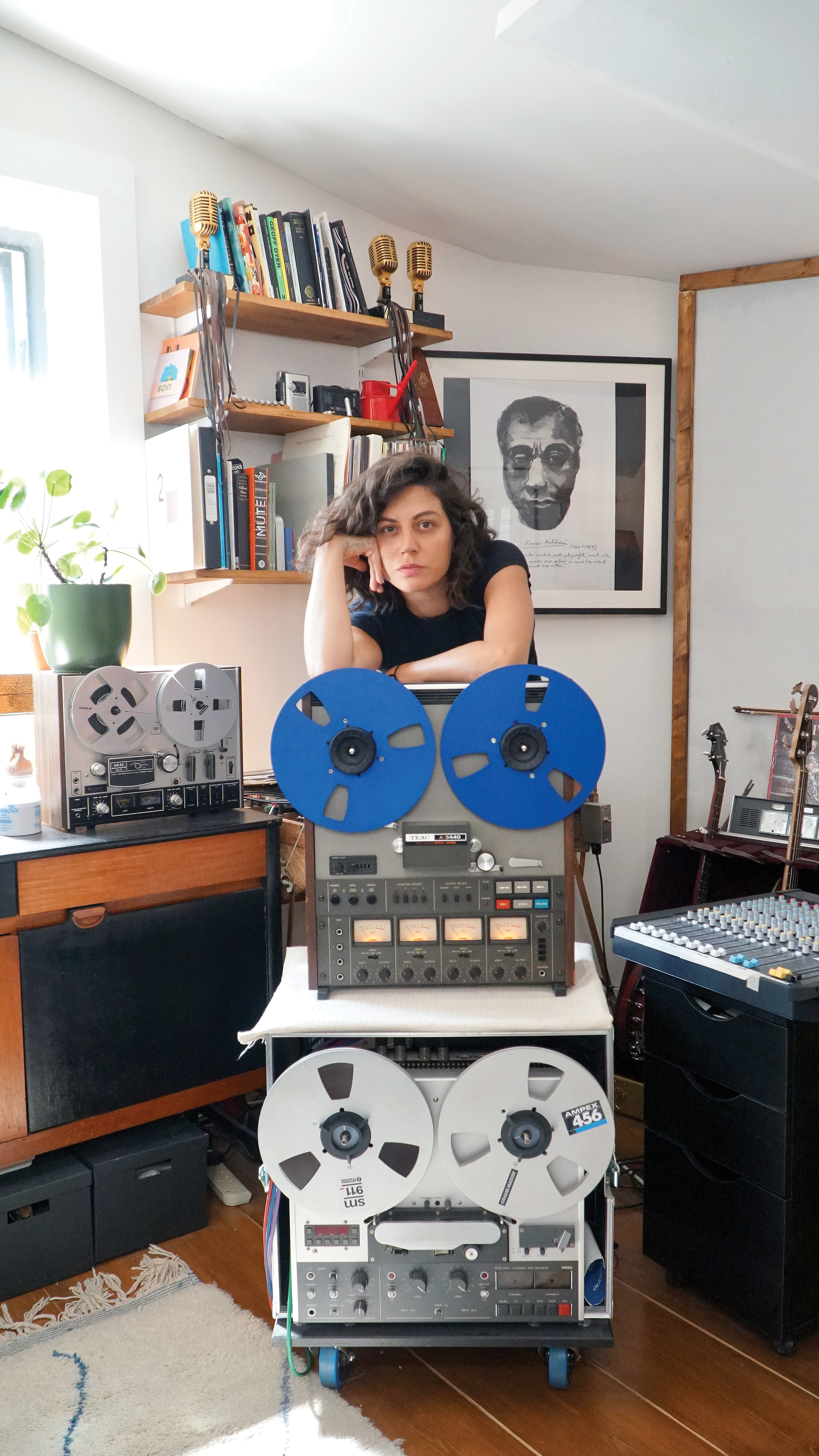
One of her albums, Ocean of Tears, is different to the others in that it was based on some cassette tape recordings that Paula had made.
“Whether derived from tape or cassette, all of the transfers were sent to me as WAV files in a huge Dropbox folder that contained all of the tracks, notes, stereo transfers and original album release versions.
“I played them through Pro Tools outputted to my 1979 Studer desk and the idea was to make everything stand together as one body of work with the same identity and sonic palette. I mixed all of them on the Studer in the analogue way to honour the tactile and fully physical experience of interacting with the tracks, and that was the unifying colour that helped me to bring everything into the same world.”
To what extent has the remastering process evolved, especially in terms of new technologies that may have become available in recent years?
“I don’t do mastering and this is the only project where I have remixed an album that was already in existence, but the technology has evolved. There is now the possibility to push frequencies that weren’t necessarily a priority and make everything sound more expansive and immersive. It’s a gift to be able to hear these records remixed with such added depth, but there is an ethical aspect.
“Let’s say I make an important record and die, who is to say that I would like that record to be remade with added clarity or depth, or in a different way to how an album might have been mixed when it was made in the 1970s? That’s something we perhaps don’t think about enough when re-releasing albums from the past, especially after an artist or the main composer from a band is gone.”
Are we right to be cynical regarding how remastering has been blanket applied to so many albums – and is that now happening with Dolby Atmos?
“It’s exactly how you say. Unfortunately, for as much as we are talking about the creative process there is a music industry there. Very famous bands have sold millions, so every re-release is a marketing tool.
“We should be more respectful about asking who exactly will benefit and whether the artistic vision is what the artist would have called for, especially with albums being remixed in Dolby Atmos that weren’t conceived in Atmos. Maybe we could make a motion in a record contract for artists to allow for whether their record should be remastered or remixed, or one that explicitly says I don’t want my record to be altered in the years to come.”
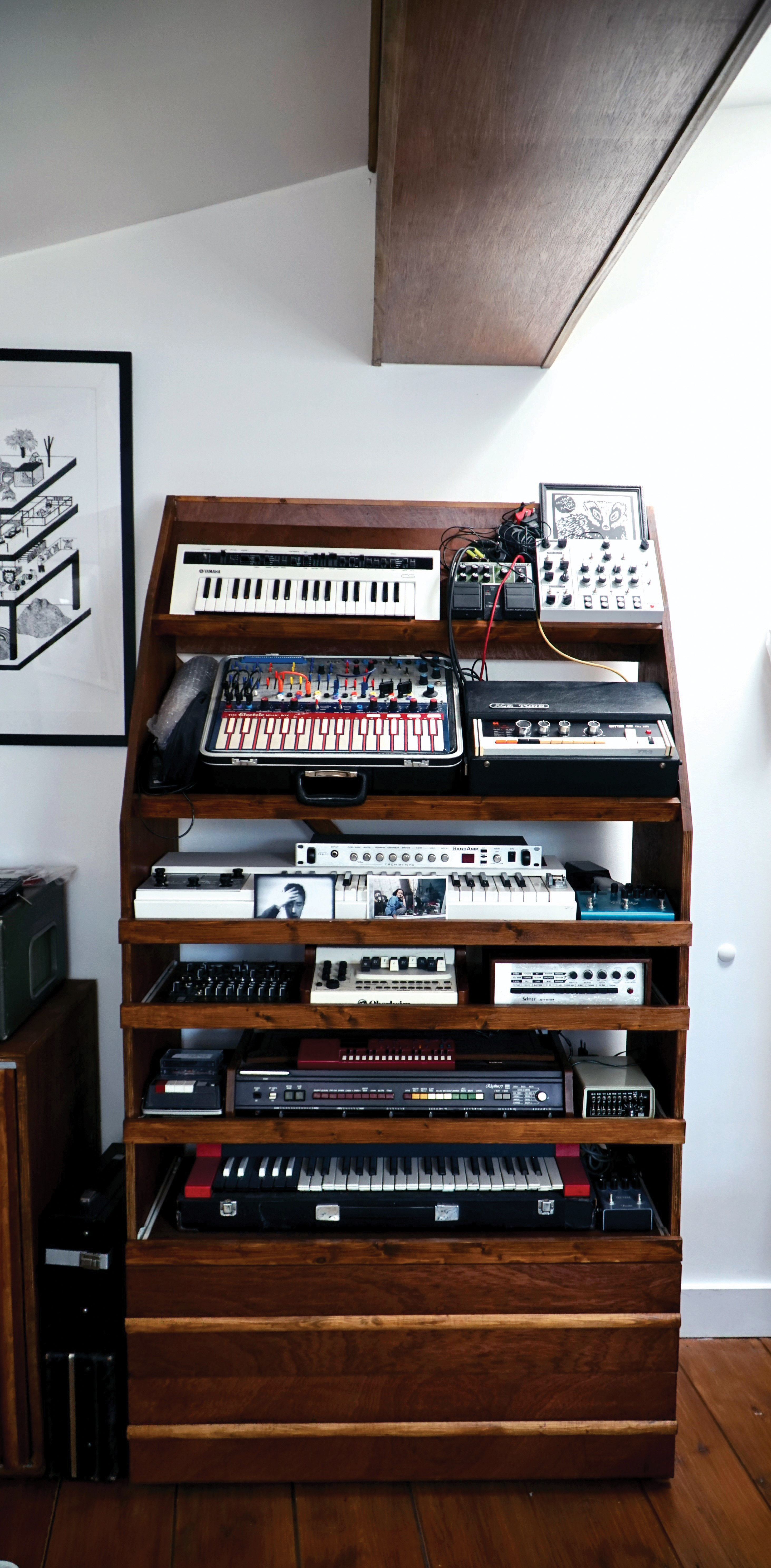
What inspired you to study sound engineering in your early 20s?
“It started in my home town of Brescia, North Italy. When I was 15 or 16, I went to a social centre with a collective of student activists, and behind the building there was a big marquee where bands could come and play to support the social centre. Seeing a mixing desk lit up something inside of me because it was the meeting point of music, art, engineering, science and so many things that I felt fascinated by, such as the concept of being able to sculpt sound related to movement and the changes in air pressure.”
What steps did you take to help you further develop your understanding of the technology?
“I didn’t know what the desk did or how it worked, so I asked some questions and a friend introduced me to the sound engineer, Carlo, who asked me why I wanted to learn about what it did. Before that, I didn’t even ask the question; I saw people playing on stage and didn’t stop to think that it might be amplified [laughs].
“Carlo gave me a couple of books and I started reading them underneath the desk during my lessons in Ancient Greek and Latin. Then I started going to the social centre every Saturday to set up the microphones, learn how they corresponded to a fader and open them up to see what happened inside. I never wanted to be on stage, I wanted to experience what the listener was experiencing but perform with a mixing desk because it felt so special and unique.”
How did you end up in London?
“When I got to 19 and high school finished, I had a choice of going to university to study musicology or to try and find a way to do my calling. My means were limited, but I knew that I wanted to go into studios and spend time experimenting with sound. I decided to search for schools in London and ended up doing an intense 9-month course at an engineering college. I studied about analogue desks, tape and SSL and learned how to record and mix, but I couldn’t get a job as an engineer because you always have to start by tying cables and making teas and coffees.”
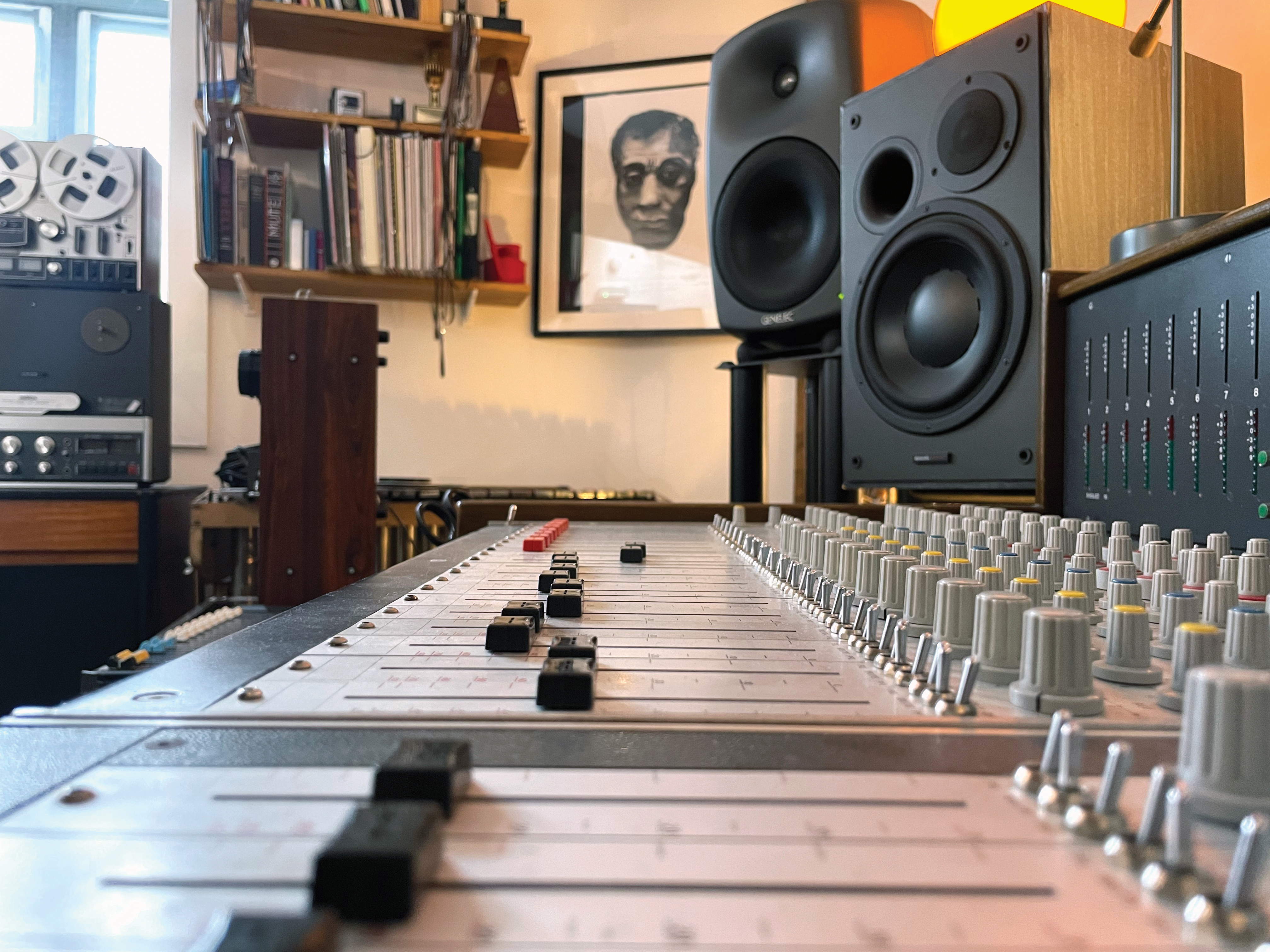
How did you get your big break?
“I knocked on studio doors and called studio managers until I got my first session at State of The Ark in Richmond, South London. It was a beautiful studio with an EMI TG12345 mixing console, which was the desk of my dreams. The studio manager Dan Britten said he would let me clean the studio and make teas and coffees, but one day he called me in and I had my first session there.
“It just takes someone to open the door a little bit and then it’s your job to kick it open, so I carried on working at different studios, trying to put into practise what I’d learned whenever I got some downtime. I would go to gigs and if I liked the band I’d ask them if they needed help getting tracks recorded – that way I could continue to experiment in the studio and they would get a completed track. Eventually, my name was spread by word of mouth until it eventually became my profession.”
How would you describe the ethos behind your craft?
“The job of a producer, mixer, engineer or even an assistant is to be able to understand what an artist’s vision is and present it to them in a way that’s very technical. When you are an engineer, if an artist tells you that something needs to bring a tear to people eyes, you need to know how to both create and preserve that.
“A producer’s decision-making doesn’t have to be quite so technical, but they still have to direct, focus and translate that emotion. A sense of empathy needs to be developed and protected, allowing you to be that translator and develop trust with an artist.”

You worked with Bjork on her album, Utopia. Did you find that she had a vision or approach that was somewhat unique or different to others
“She’s incredible to work with as she knows exactly what she wants and was very welcoming to my way of delivering the vision she ultimately had in mind – and I love it when an artist has that vision as it allows me to channel my efforts to search for that special moment when you find what you’re trying to achieve.”
You also worked at Mute as a resident engineer. Presumably, that connection led you to working on the latest Depeche Mode album?
“I worked at Mute for three years on my own projects and some for Mute Records – Daniel Miller is a mentor and they’re a family to me. I’d also mixed a Soulsavers album with Dave Gahan and a few records that James Ford had produced, so all of these connections came together.
“We went to Santa Barbara last summer to make most of the record at Martin Gore’s studio. Unfortunately, Andy Fletcher passed away not long before we started recording. During the session, Dave and Martin would tell me how Andy would have joked, ‘C’mon, do all of the tracks need to be about death?’ and other jokes that he would have told. That was lovely because it allows the person to live on and there was a sense of responsibility and family created within this small nucleus of people.”

Do you still have a bucket list of artists that you’d love to engineer, produce or mix for?
“I have a long list, but the contemporary artist that I really admire is Rosalía because the sound of her records and production feels new and exciting but routed in tradition. One of my favourite bands that I always wished to work with was Low, but unfortunately Mimi Parker passed away recently, and an artist from Italy in the ’60s that I always wished to work with is called Mina, who has an incredible voice. Then there’s ANOHNI: I really admire the beautiful records she has made in the past few years.”
You’re a big fan of using tape and tape-related gear. What is it about that medium that fascinates you?
“Tape was not something I was forced to record on when I worked in studios, but because it was a choice I wanted to learn about it. It’s a big part of the history of engineering and I felt it was important for my development. I started learning on quarter-inch because that’s all I could get my hands on, then two-inch at college and when I saved enough money I got myself a quarter-inch Revox, which has become my instrument of choice.
“I love tape because the relationship that happens when you are operating it feels very direct. It works through magnetism and it’s something I can touch. I can slow the reels down with my hands or stop them and take the machine apart, look inside and check that the motor spins well, the belt is ok or I if need to clean the heads, because if they’re dirty then it doesn’t record well. It’s all logical and right there in front of you, and I wish I could code and programme a DAW to have the same relationship.”

But you go further than that; you play live using tape machines, too?
“At some point I thought to myself, can I use tape machines for more than just recording and as an instrument, because if you feed tape back onto itself you start getting different levels of feedback and pitch and it can create sounds. I started using pure tape feedback to create different landscapes and sustained effects and used the varispeed to pitch sounds up and down. Then I started to acquire more tape machines and introduced other instruments to the chain, asking various musician friends to be my source.”
How does that work in practical terms?
“If they play a violin, for example, I can loop it by having the tape go from one machine to another, which opens all these other windows of possibilities. I’m still experimenting because there’s always something new you can learn and more machines that you can add to the chain.
“Sometimes I bring them out of my studio and play them live with musicians in an ensemble situation where I duplicate the signal of the microphones with some cables I’ve made and have them go into my desk and through a tape machine. That way I can decide what instruments to loop or feedback and the players can respond to that. Or, I will compose different pieces of music, bring my four-track and interact with it by creating completely different looping and feedback systems.
“I want to grow, challenge myself and be challenged, so I’m never going to use the same tape or method and it’s impossible to repeat the same concert twice. In fact, part of my act is to destroy the tape loops by cutting them into pieces, leaving them behind or giving them to someone so I cannot replicate that event again.”
Do you share a similar love for digital recording?
“I have a hybrid mixing setup, so I bought a desk and modified it with the help of an engineer to ensure it’s seamlessly compatible with modern recording and mixing techniques. If one day I want to mix in the box, I can, or I can mix completely analogue, although I usually do both.
“I use plugins for specific uses. For example, I love FabFilter because when I can’t find a frequency through an analogue EQ or want to catch unwanted frequencies it lets me be very specific. Or, if I don’t have an EMT or other analogue reverb, I’ll use Valhalla plugins, which sound wonderful.
“I also love Soundtoys’ approach to making plugins as you can use them in so many ways and there’s a lot of scope for experimentation. This technology makes life in the studio much easier and should be used to expand our possibilities of reach. Purists may have their reasons for only using analogue gear, and that’s alright – if it’s for good reason.”
Pauline Anna Strom's Echoes, Spaces, Lines is out now on RVNG.







